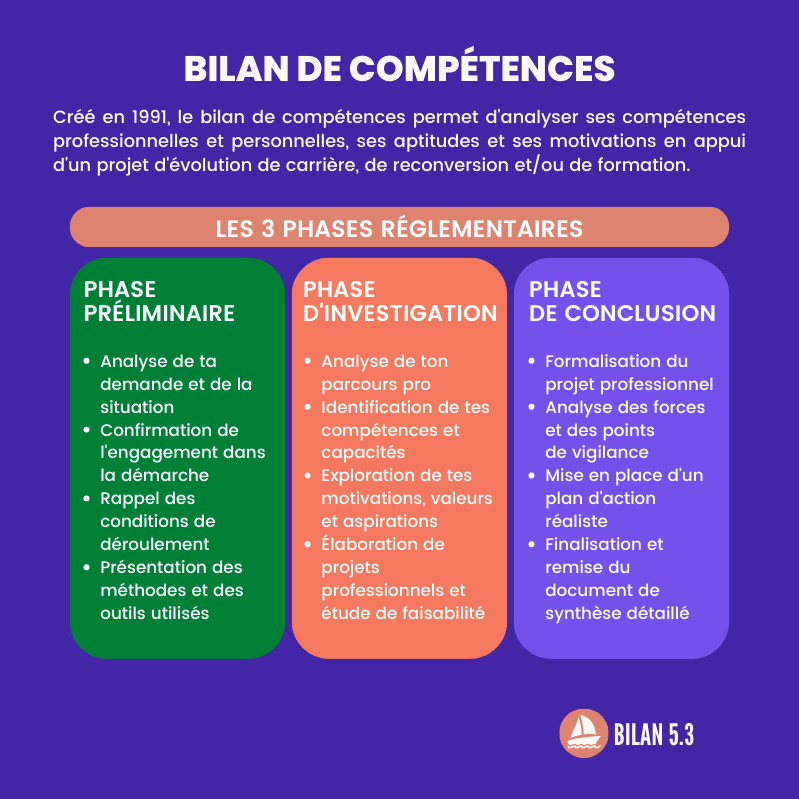According to a new American study, a biomarker present in brain connectivity could help identify cases of attention deficit disorder with or without hyperactivity (ADHD) earlier and better target treatments for the management of ADHD. this neurological disorder.

- By modeling images of archival fMRI data from 80 adult participants diagnosed with ADHD in childhood, the researchers discovered that connections between areas of the brain are biomarkers of this neurological disorder.
Attention Deficit Hyperactivity Disorder (ADHD) most often manifests in childhood. Complex, this disorder is characterized by great difficulty in concentrating and staying in place and is often attributed to anomalies in the functioning of the brain, but remains difficult to diagnose insofar as its forms can frequently evolve.
In order to better understand the evolution of this neurological disorder, American researchers from the University of Buffalo (United States) studied the communication between the different parts of the brain (cerebral connectivity) in adults diagnosed with ADHD during their childhood.
In this research, scientists modeled archival fMRI data from 80 adult participants who had been diagnosed with ADHD in childhood. Using machine learning (a fashionable artificial intelligence technique better known as “deep learning”), the researchers tested the ability of the participants’ brains to communicate from one area to another, for example A, B and C.
Better understand how ADHD manifests
If regions A and B were strongly connected, it could be predictor of ADHD, but not if these regions were also strongly connected to region C, the researchers explain. Each response achieved a diagnostic accuracy rate of 91%, while the collective analysis approached 99%.
“This is by far the highest accuracy rate I’ve seen anywhere in the world – it surpasses anything that has come before, and far beyond anything achieved with behavioral assessment. This suggests that brain connectivity is a stable biomarker for ADHD, at least during childhood”says Chris McNorgan, assistant professor of psychology at the UB College of Arts and Sciences, and lead author of the study.
Published in the journal Frontiers in Physiologythe results of this study therefore suggest an earlier diagnosis and a better way to target the treatments to manage ADHD. “As some pharmaceuticals react with certain pathways, understanding the different types of ADHD can help make informed decisions about one medication over others”explains Chris McNorgan.
.















